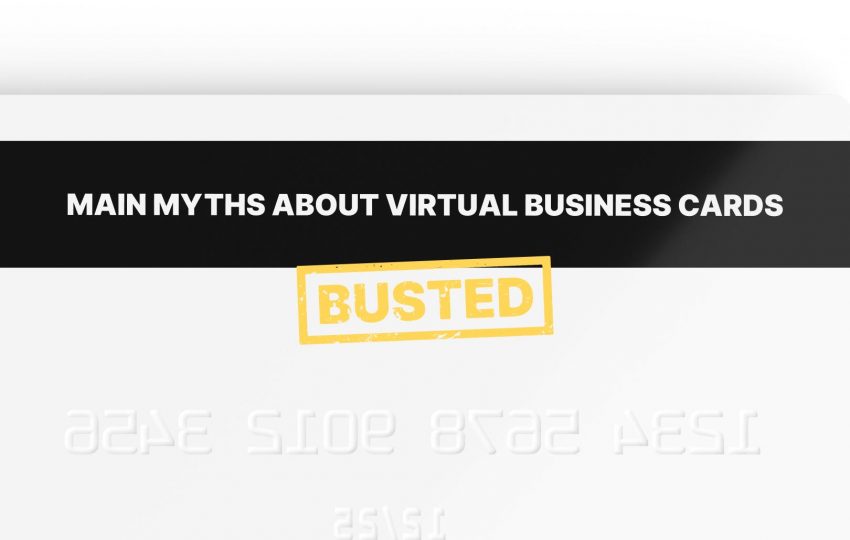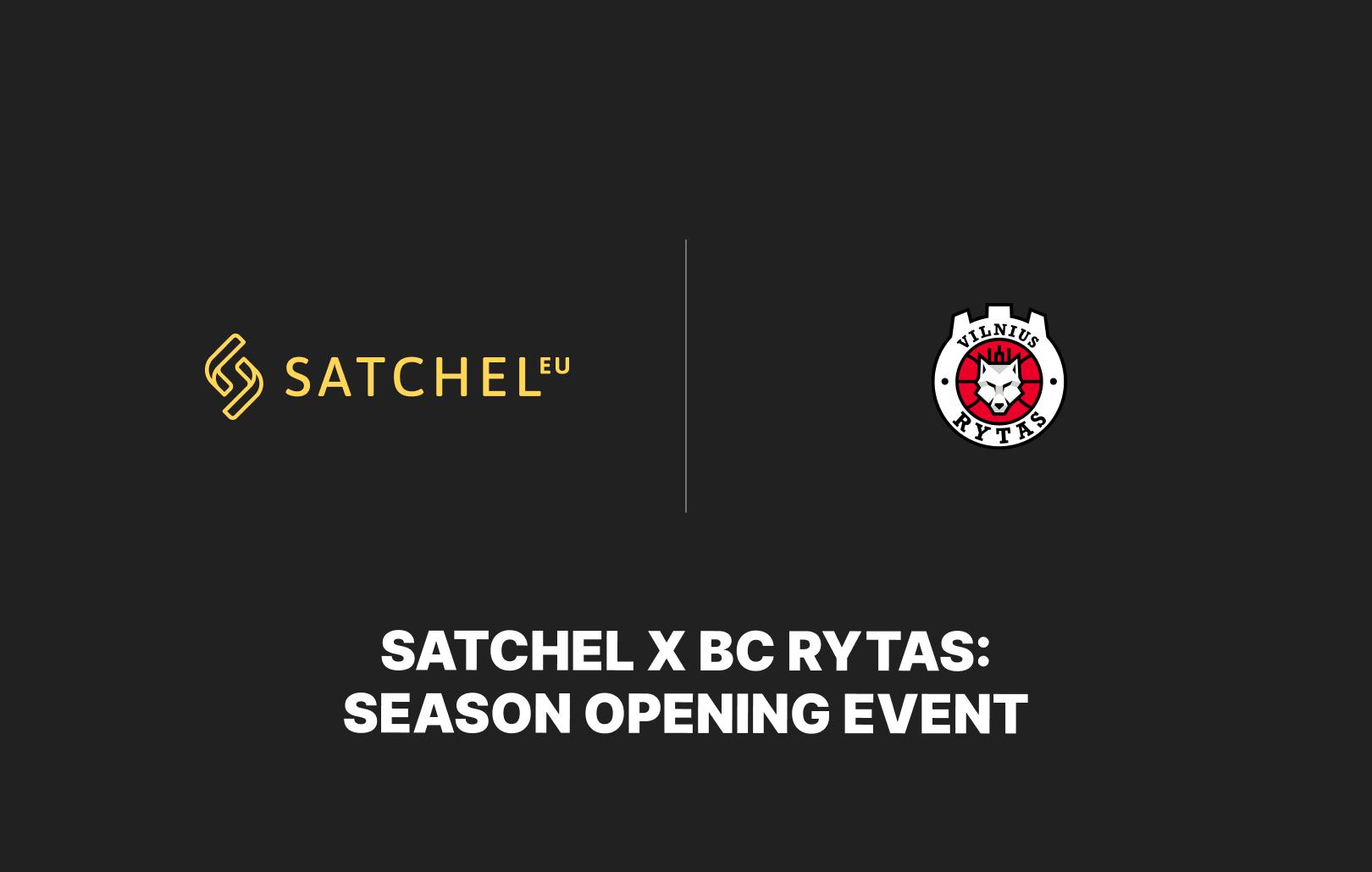Virtual business payment cards: 5 myths standing between you and smarter payments

In an age of instant everything — tap-to-pay for rideshares, real-time peer-to-peer transfers, same-day deliveries — it’s surprising that many B2B payments still rely on outdated systems. Think paper checks, wire transfers, and physical payment cards. These legacy systems are slow, error-prone, and let’s face it, stuck in the past.
On the payment cards front, things are changing fast. According to Juniper Research, the virtual card market is projected to grow by 280%, reaching $9.1 trillion by 2027. These cards are increasingly gaining traction, bringing the speed, security, and flexibility of consumer-grade payments into the corporate world. Yet, some businesses continue to be skeptical and choose familiar tools over efficiency.
So why the hesitation?
Spoiler: it’s not because virtual cards don’t work (they do, and exceptionally well). The real reason lies in outdated myths and misconceptions. Let’s break down the most common ones and uncover why virtual cards are quickly becoming a must-have for businesses of all sizes looking to streamline financial operations, improve control and security, and stay competitive.
Virtual cards, explained
Virtual cards are essentially digital versions of standard physical credit cards: 16-digit numbers generated instantly and linked to a business’s account. But unlike plastic cards, these don’t need to be mailed out, can be limited to specific amounts, dates, or vendors, and are typically used for one-time or controlled recurring purchases.
They fit seamlessly into modern financial stacks, integrating with accounting, ERP, and expense platforms to automate reconciliation and track spend by department, project, or vendor. And yes, they can even be used in-store via mobile wallets. Think flexible, fast, fully on-demand, and secure.
The business case for virtual payment cards
Let’s keep this short and sharp. Here’s what you get with virtual cards, regardless of whether you’re a small startup or an established international organization:
- Built-in fraud protection: Single-use numbers, quick cancelation options, and vendor restrictions mean cards are useless if compromised.
- Spending control in real-time: You can assign cards with exact budgets, expiration dates, or merchant category codes.
- No more rogue expenses: No more surprise end-of-month statements or shared cards floating around.
- Simplified vendor payments: These cards enable you to pay suppliers faster and track every transaction without extra paperwork.
- Easy reconciliation: Every card is linked to a purpose, which means your finance team is relieved from detective work come audit time.
- Ready instantly: No waiting for a physical card to arrive or activate; you can generate a virtual card and start using it within seconds.
Debunking 5 virtual card myths
Based on our customer conversations and FAQs, here are the five most common myths — busted.
Myth #1: “Getting a virtual card program up and running is too hard (and takes too long).”
In reality, it’s much easier than obtaining a traditional card. Most virtual card programs don’t require audited financials or mountains of paperwork. Setup is typically quick, often just a digital application plus a vendor list. A good provider handles the heavy lifting so you can stay focused on strategy, not admin.
Myth #2: “Our vendors won’t accept virtual cards.”
More vendors are on board than you might think, and for good reason. Virtual cards usually mean faster payments, more detailed remittance information, and no need to share sensitive bank details (which reduces fraud risk). When given the facts, most vendors prefer virtual cards over traditional payment methods. Plus, the processing fees are generally on par with regular credit cards.
Myth #3: “Virtual cards offer less control than physical ones.”
Control is actually one of the biggest advantages. You can issue virtual cards with specific spending limits, expiration dates, and merchant restrictions. Many are single-use, eliminating the risk of unauthorized spending and off-policy purchases. And if something seems off, you can pause or cancel cards instantly. That’s real-time control in action.
Myth #4: “It’ll be harder to manage and reconcile payments.”
Virtual card transactions settle just like regular debits, with no added complexity to your statements. Even better, cards can be linked to specific projects, teams, or departments, making reconciliation cleaner, faster, and more accurate than ever.
Myth #5: “Everything works fine now — why change?”
“Fine” doesn’t mean optimized. Legacy payment systems are slow and increasingly vulnerable. According to the Nilson Report, card fraud worldwide is expected to total $403.88 billion over the next decade. Virtual cards are designed to combat fraud and add value. They generate unique, tokenized numbers not tied to physical cards, making them nearly impossible to clone or steal. Admins can freeze, cancel, or regenerate cards instantly, while advanced controls provide extra layers of protection, dramatically reducing fraud risk.
Beyond security, virtual business payment cards deliver tangible operational benefits across businesses of all sizes. They simplify expense management by enabling finance teams to issue tailored cards, eliminating shared cards and cumbersome reimbursement processes. Every transaction is automatically categorized and can be traced, which streamlines reconciliation and audit readiness. This enhanced visibility reduces administrative overhead and empowers faster, data-driven financial decisions.
Ready to make the switch?
If you’ve been putting off virtual cards because you thought they were too risky, too complex, or just “not for your business,” it’s time to reconsider. Virtual cards have evolved from niche consumer fintech tools into essential financial infrastructure. They offer a faster, safer, and more efficient way to manage business spending, giving you greater control while reducing costs and risk.
At Satchel, we make getting started simple. Open your business account remotely in just a few steps, issue virtual cards instantly, set custom limits, and monitor every transaction in real-time. Whether you’re streamlining team expenses, managing payroll, or covering vendor invoices, Satchel gives you the tools to take control of your corporate finances with ease and confidence.
Wrapping up
The future of business payments is digital, fast, and secure, and virtual business payment cards are leading the way. By breaking free from outdated myths and embracing this innovative technology, businesses of all sizes can unlock greater control, reduce fraud risk, and simplify financial management. If you’re ready to move beyond “fine” and step into optimized, streamlined payments, virtual cards offer a clear path forward. At Satchel, we’re here to make that transition seamless, empowering you with flexible, secure tools that fit your business needs today (and tomorrow).





